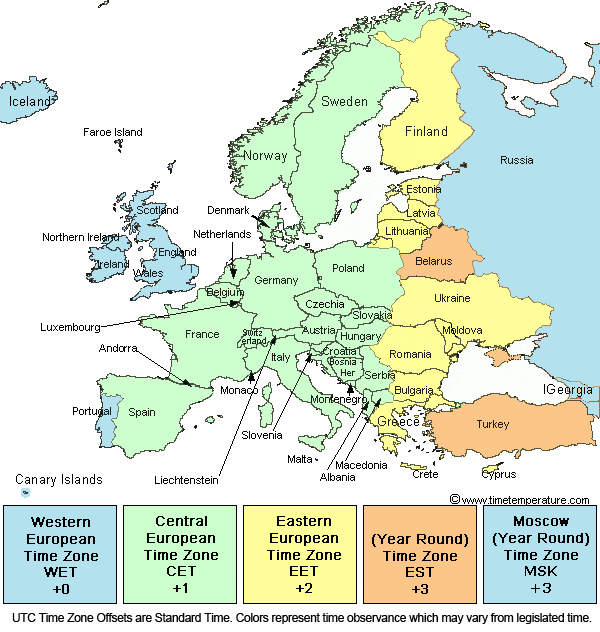Daylight saving time

Starting Point. Discuss the questions below.
What do you know about daylight saving time (DST)?
Do you like it? Why (not)?
What impact does DST have on your life?
Can you think about the benefits and the disadvantages?
Check out this interesting infographics: https://visual.ly/community/Infographics/environment/winners-losers-daylight-savings-time
Pros and Cons
Benefits of Daylight Saving Time:
- Energy Conservation: The primary reason for implementing Daylight Saving Time is to save energy by reducing the demand for electricity in the evenings. With more daylight hours in the evenings, people are less likely to use electric lights and appliances, which can save energy and reduce greenhouse gas emissions.
- Increased Recreational Opportunities: Daylight Saving Time provides more daylight hours in the evenings, which allows people to engage in outdoor recreational activities such as sports, exercise, and socializing.
- Boost to Local Economies: With more daylight hours in the evenings, businesses such as restaurants, bars, and retail shops may experience increased foot traffic and revenue, especially in tourist areas.
Drawbacks of Daylight Saving Time:
- Health Effects: The abrupt time change of Daylight Saving Time can disrupt sleep patterns, causing fatigue, irritability, and even increasing the risk of heart attacks, strokes, and traffic accidents.
- Economic Costs: Daylight Saving Time can have a negative impact on the economy, particularly in industries that rely on consistent hours of daylight, such as agriculture and transportation. The time change can cause confusion and errors in scheduling and can negatively impact the productivity of workers.
- Minimal Energy Savings: While Daylight Saving Time is intended to save energy, there is a growing body of research that suggests the energy savings may be minimal or nonexistent, and in some cases, the time change may actually increase energy consumption.
- Disruptive to Daily Life: The time change can be disruptive to daily life, causing confusion and missed appointments, and can be particularly difficult for people with medical conditions, young children, and the elderly.
- Regional Differences: Daylight Saving Time is not uniformly adopted across the world or even within countries, leading to confusion and complications for travelers and businesses that operate across time zones.
Focus on Vocabulary. Match the words with the correct meaning.
Focus on Comprehension. Answer the questions below about the video.
Focus on Listening. Watch the video. Read the transcript below if necessary.
Transcript
Focus on Speaking.
- What are some of the potential impacts of abolishing Daylight Saving Time?
- What are some alternative proposals for adjusting time to maximize daylight hours?
- Should daylight saving time be abolished?
- Does daylight saving time still serve its original purpose?
- Should the duration of daylight saving time be extended or shortened?
- Is daylight saving time an effective way to conserve energy?
- Should states have the right to opt out of daylight saving time?
- Does daylight saving time have a negative impact on public health?
- Should daylight saving time be standardized across the entire country?
- Does daylight saving time have a positive or negative impact on the economy?
- Should daylight saving time be implemented globally?
- Is it time to rethink the idea of daylight saving time altogether?
Current time zones:


https://www.euronews.com/my-europe/2022/10/28/when-will-the-eu-end-seasonal-clock-changes-only-time-will-tell
https://www.statista.com/chart/15322/europeans-want-to-abolish-daylight-savings/

